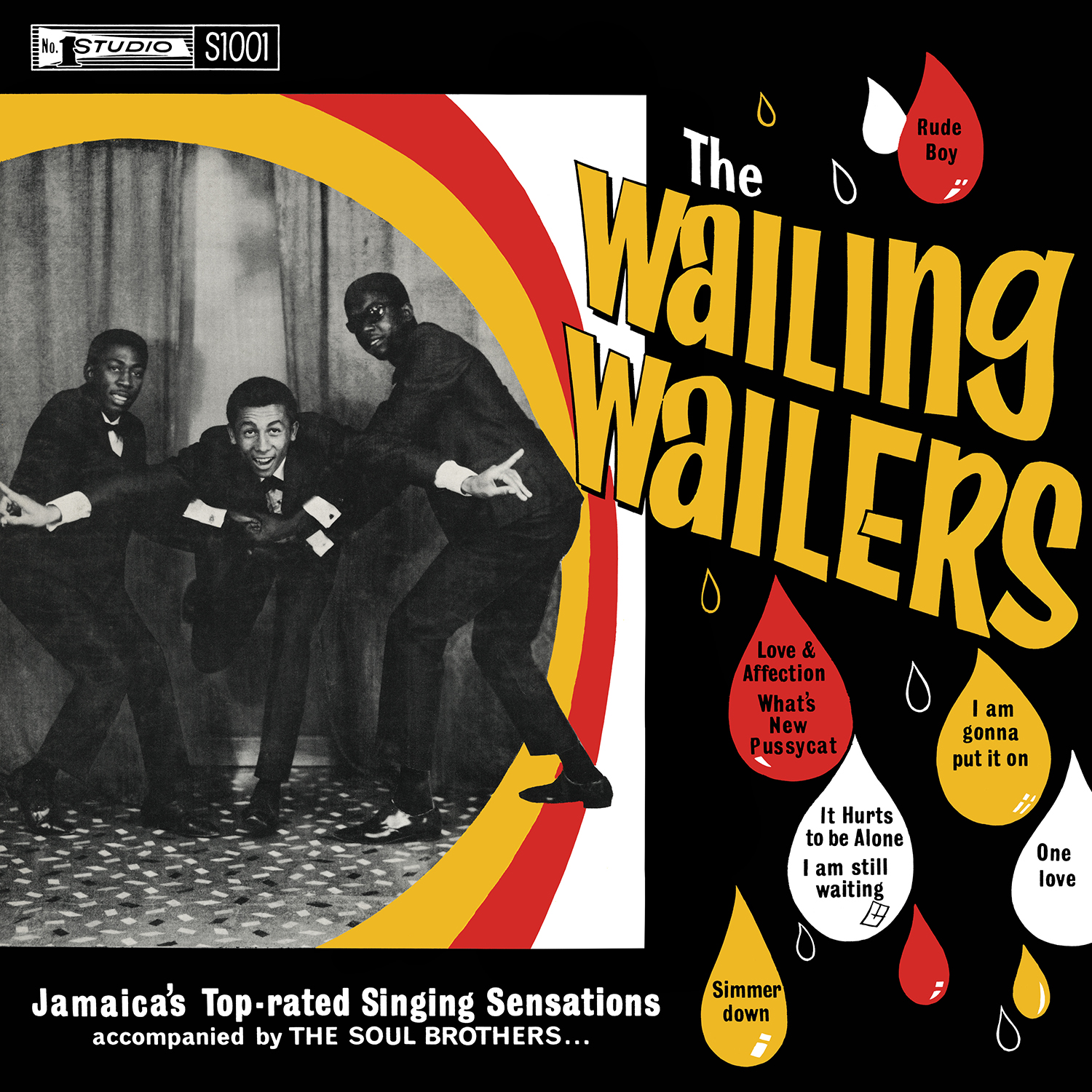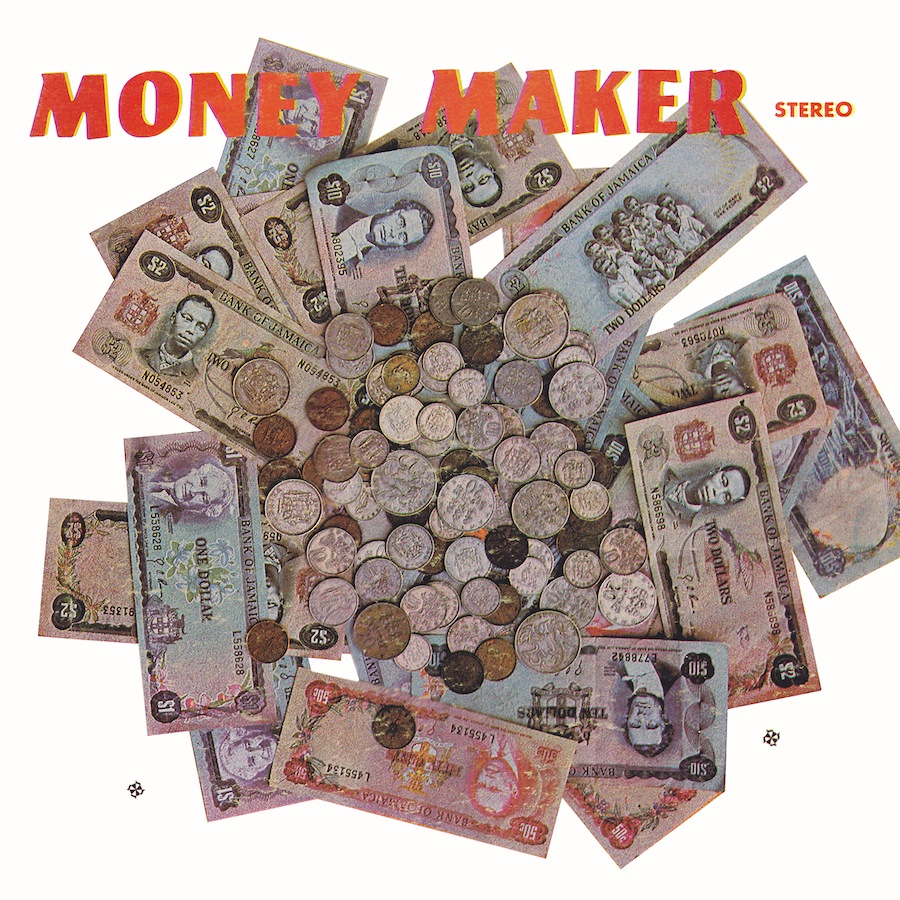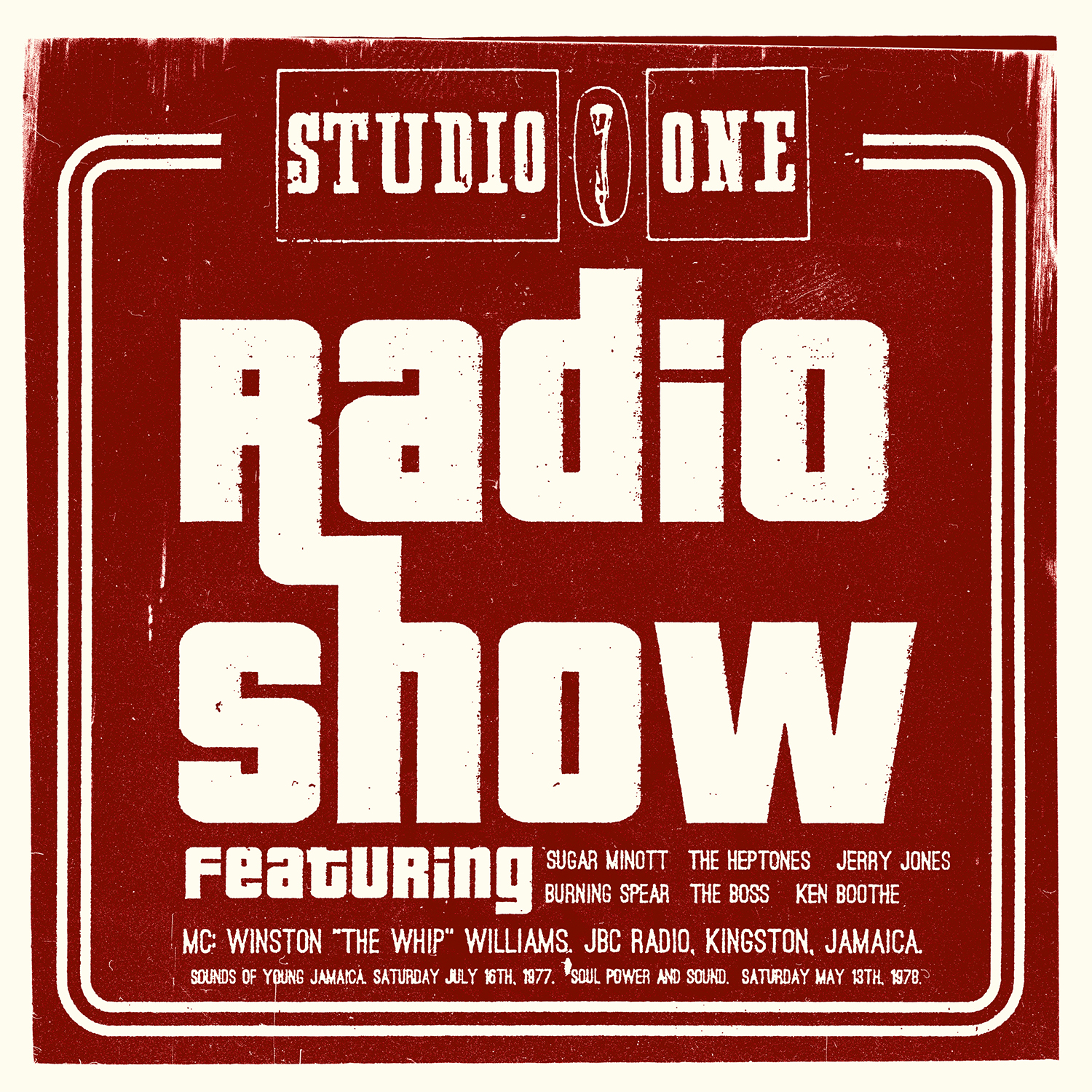Clement “Coxsone” Dodd first became interested in music through American jazz: Louis Jordan, Lionel Hampton, Billy Eckstine and Ella Fitzgerald. In the Fifties he began collecting the R&B records being brought to the island by migrant farmworkers. It was this raw unschooled black music that struck a chord in the Jamaican psyche.
In the early Fifties, Clement Dodd traveled to the United States as a migrant worker. Already a fan of American artists, thanks to radio broadcasts that pumped R&B music (even reaching Jamaica), Coxsone decided to purchase a Morphy-Richards radio and sent it home to his mother who ran a liquor store. Upon his return to Jamaica, with new R&B albums in hand, it was the liquor store where he would introduce this American sound. At the height of this sound system craze, Coxsone had as many as five different shows going a night.
This couldn’t last forever, and when rock ‘n’ roll in America eclipsed R&B, Coxsone was left without sufficient product to fill the local demand and was forced into recording his own music to supply his fans. As he explained it:
“So then I decided to make some local recordings of my own for the sound system. When I started, I didn’t realize it could be a commercial business to the extent I’d sell my own records. So after the first three or four sessions, the feedback was really good because the people started dancing. That was the ska era; we did a lot of instrumentals like ‘Shuffling Jug’ and ‘Easy Snapping.’”
Ska, the Jamaican version of R&B, was a clear departure from the earlier Jamaican recordings that were either calypso or slow ballads. Coxsone did not sell these recordings initially. By keeping them exclusive, he had an edge over competing, and newer, sound systems like Duke Reid the Trojan, King Edwards, and Lord Koo’s who were also having a hard time finding new R&B records in the States.
The success of these new recordings inspired Coxsone to branch out into live shows to highlight his artists. These innovative, stage shows were the first in Jamaica to focus purely on the music with artists like Owen Grey and the Blues Busters topping these successful early bills.
In 1963, Dodd built a studio on Brentford Road in Kingston where he launched his own “Studio One” label. The studio, apart from allowing Coxsone artistic independence, was the birthplace of rocksteady. Rocksteady became the local term for the new beat which was slower in tempo than ska.
“The name came out of a group of them [musicians] talking about it. Rock steady we tried to make with a real catchy beat and steady for dancing because in rocksteady it was when we realized how important the bass line was. Just as important as the vocal, to have a steady bass line, a catchy bass line.”
Even more than ska, rocksteady formed the foundation for reggae, and it was the desirable slowness of rocksteady and the infectious bass line that created a music that would rival any urban black music of the period. Groups like The Heptones and The Cables, and artists such as Alton Ellis, Slim Smith, and Bob Andy were producing a sound as lyrically and musically accomplished as any of their counterparts in Detroit and Memphis. Compare any Motown release of this period with its Jamaican equivalent and you will realize how in Jamaica, Alton Ellis could be as popular as Marvin Gaye. Jamaican rocksteady and American soul were not distant cousins but related music cut of the same mold. Both were dynamic products of the same black urban experience.
Coxsone maintained his popularity not only through his talent for knowing what was good to record, and ability to produce consistenly innovative music, but because of his commitment to his audience.
“Because I had my own studio I did a lot of experimenting, what I used to do…I record the music, put it on a dub plate and go straight to the dance hall and watch the reaction. Many a time, we make the record and change it around, watch the reaction, and change it around to suit the fans. How they were moving and not so much as what the people say.”
In the early Eighties, though Coxsone was no longer running down to sound system dances to showcase his latest hit record, he was still discovering and showcasing new talent. Sugar Minott, Michigan and Smiley, Jennifer Lara, Freddie McGregor, and Johnny Osbourne all owe their own “discovery” directly to Coxsone.
The Eighties also introduced sampling from the Studio One catalog in popular music. In 1982, “Full Up” enjoyed new popularity when re-released as “Pass the Dutchie” by Musical Youth, whose version rose to #1 on the UK Pop charts. The Clash’s cover of Willie Williams’ “Armagideon Time” brought punk’s obsession with reggae to the forefront and opened another door for Studio One. In later years, “Smile” by Lily Allen hit the charts worldwide using a Studio One sample of “Free Soul”. Prodigy sampled Al T Joe’s “Ethiopian Peace Song” in their track “Thunder”. Born Jamericans, Ayatollah and KRS-One are also included in the list of those who have sampled songs from the catalog. In 1994 Dawn Penn re-made her 1967 Studio One release to worldwide acclaim. It spawned covers by Rihanna, and Ghostface Killah and was covered by Beyonce on her 2009 world tour.
Clearly there’s no denying the importance of Studio One and Coxsone Dodd’s contributions to the history of music and influence on popular music today.








